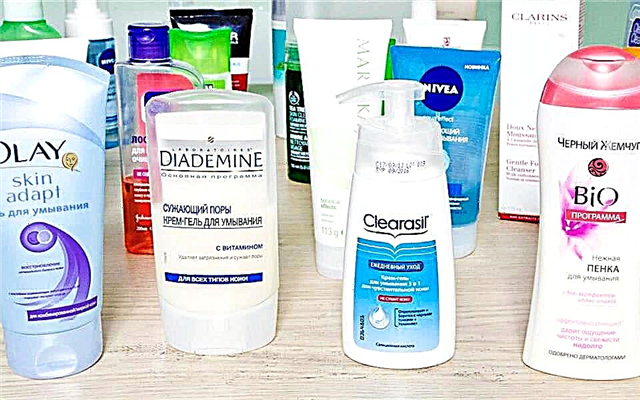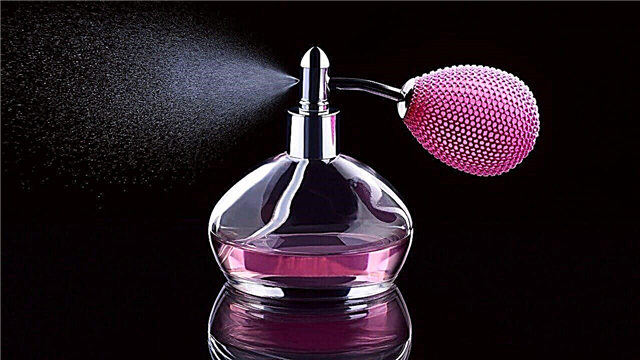Pesticides can be beneficial and dangerous. They are necessary for farmers to protect plants from pests, fungi, mold and other threats. At the same time, the dose of pesticides contained in the product affects its toxicity. In small doses, pesticides can be harmless, but if they accumulate in the human body, then this is clearly not good for health. However, the long-term effects of eating pesticides on a daily basis are unknown.
US Environmental Working Group (EWG) Launches Annual Dirty Dozen - Top Pesticide Contaminated Plant Products. It has been published since 1993 and is taken into account when making recommendations on the diet of many well-known doctors and medical organizations, including the American Academy of Pediatrics.
 A total of 48 of the most popular fruits and vegetables were analyzed, and 70% of them found traces of at least one chemical. Moreover, more than 98 percent of the samples of strawberries, spinach, peaches, nectarines, sweet cherries and apples gave a positive result on the traces of at least one pesticide. Pesticide residues remained on fruits and vegetables, even after they were washed and, in some cases, peeled. We present you the top 10 products with the highest pesticide content according to 2017 EWG.
A total of 48 of the most popular fruits and vegetables were analyzed, and 70% of them found traces of at least one chemical. Moreover, more than 98 percent of the samples of strawberries, spinach, peaches, nectarines, sweet cherries and apples gave a positive result on the traces of at least one pesticide. Pesticide residues remained on fruits and vegetables, even after they were washed and, in some cases, peeled. We present you the top 10 products with the highest pesticide content according to 2017 EWG.
10. Tomatoes
Opens the "dirty" top ten product, without which most salad recipes are unthinkable. In Dirty Dozen 2016, he was in ninth place.
9. Celery
In 2016, this vegetable was in fifth place. Well, in the case of Dirty Dozen, the farther from the first position the product is, the better for those who eat it.
8. Grapes
Moved from 6th place in last year's ranking to eighth. It means that in the grapes selected by EWG grapes there were less traces of pesticides in comparison with 2016 data.
7. Cherry
Persistent pesticidal soldier - as he was in 7th place in 2016, he remained on it in the current list.
6. Pears
More than half of the test samples contained traces of five or more different pesticides. Including carbendazim acetamipride, imidacloprid and diphenylamine.
5. Peaches
In 2016, peaches were in fourth place in the pesticidal anti-rating. This year they have fewer harmful substances that can not but rejoice lovers of these fruits.
4. Apples
Last year, apples were in second place at Dirty Dozen, and before that, for five years they had been the leaders of the list. This year they were only on the fourth line, losing first place to strawberries.
3. Nectarines
Almost all test samples of these tasty and juicy fruits tested positive for the presence of at least one pesticide.
2. Spinach
Spinach samples had, on average, twice the weight of pesticide residues by weight than any other vegetable or fruit tested in the Dirty Dozen study. Three quarters of spinach samples contained residues of DDT, a neurotoxic insecticide. According to recent studies, it causes behavioral disorders in young children. However, most pesticides found in spinach samples are considered safe.
1. Strawberries
Topped by the rating of “dirty” plant products is the beloved false berry (in fact, strawberries are multi-root). In one of the studied batches of strawberries, 20 different pesticides were contained. What explains the staggeringly large amount of pesticides in small strawberries? Off-season demand. Strawberries used to produce a seasonal, limited yield, but the intensive use of pesticides made it possible to increase yields and extend the growing season. In California, where most American strawberries are grown, 135 kg of pesticides are produced per acre.
And the cleanest were: sweet corn, avocado, pineapple, white cabbage, onions, frozen sweet peas, papaya, asparagus, mango and eggplant. Only 1% of avocado and sweet corn samples contained any identifiable pesticides, therefore they are recognized as the purest products.
The EWG rating is aimed at orienting buyers towards the purchase of the cleanest chemical products. EWG experts urge you to buy organic products (that is, without GMOs, synthetic chemicals and fertilizers). This is especially important for pregnant women and families with children, since even a low level of exposure to pesticides can be harmful to a fragile or highly stressed body. But if your budget doesn’t allow you to often buy organic products or they are rarely on sale, this selection of “clean” and “dirty” products will help minimize the consumption of the most contaminated fruits and vegetables.












